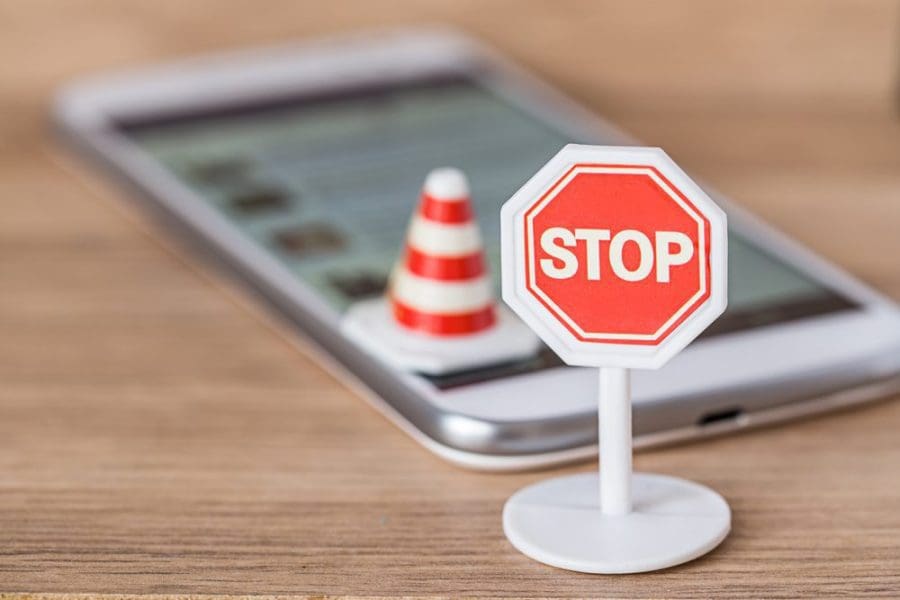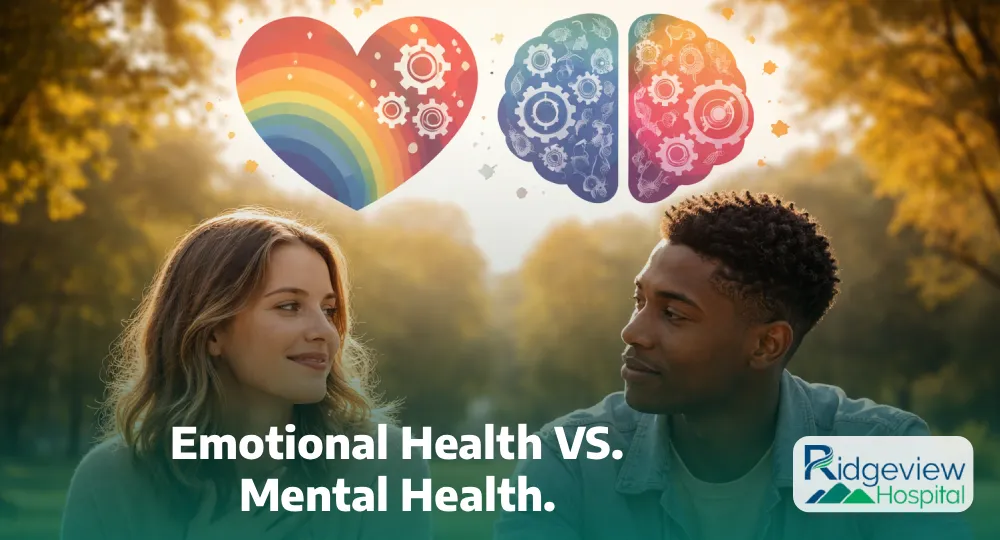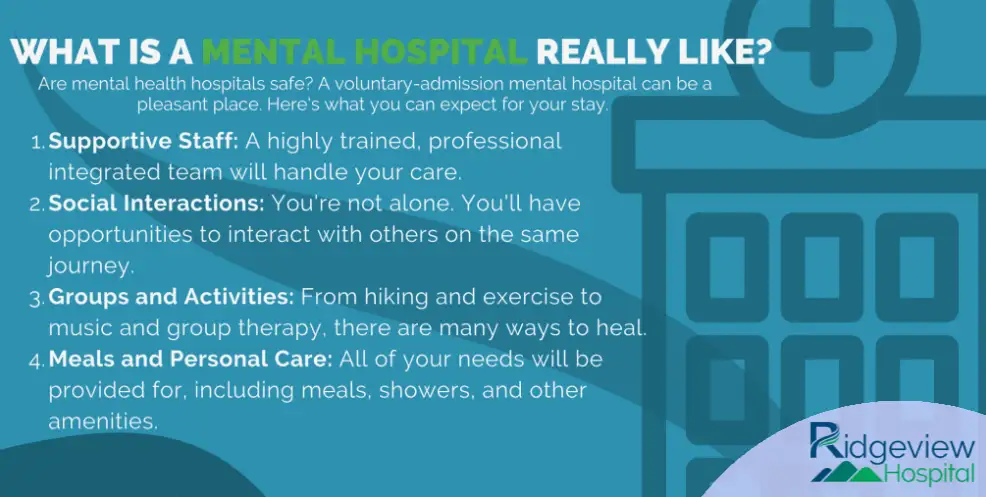Making the decision to look into Inpatient treatment facilities can open a pathway to long term recovery. Whether you’re struggling with a mental illness like depression or anxiety, you’re struggling with an addiction, or both, checking into an inpatient facility where you can focus on your health 24 hours a day, seven days a week can be just what you need to get back on track to living the kind of life you deserve.
Unfortunately, checking into a Inpatient treatment center can be scary. If you have never been before, not knowing what to expect can be enough to keep you out of the treatment you so desperately need.
Inpatient care may be new, but it isn’t anything to be scared of. Feel better prepared and more confident when you walk through the doors for the first time by knowing what to expect.
Leave Most Things at Home
Packing is always a challenge, no matter where you’re going. What you pack to stay a month with family will be different than what you pack when boarding a cruise ship for a week. You can expect that what you pack for a stay in a treatment facility will be different too.
It’s a good rule of thumb not to over-pack. During vacation you might want to bring everything “just in case,” but Inpatient treatment will handle most of your needs.
A few things you can expect the facility to provide include things like toiletries, blankets, and linens.
There are some things you should bring. They include:
- Comfortable, casual clothes—leave the formal wear at home
- Slip-on shoes that can be worn indoors
- No more than one medium-sized bag of personal effects (e.g., photos of loved ones)
- Insurance information and medications
- Items related to personal hygiene (e.g., toothpaste, shampoo, conditioner)
You May Not Be Able to Use Your Cell Phone

One thing you will want to ask about before you check in is whether or not you can bring your cell phone. Most treatment centers don’t allow them. This means that you’ll have to leave them at home or allow the staff to lock up your phone throughout the duration of your stay.
Facilities restrict cell phone use because it can interfere with the healing and recovery process. As a patient, you should be focused on your health, which can be difficult to do if you’re checking in on friends on Facebook and worried about the latest headlines that are in the news. We’re all attached to our cell phones, but it just isn’t in your best interest to have access to your phone during inpatient treatment.
Just because you may not be able to use your cell phone doesn’t mean you aren’t able to call friends and family. Before you check into the Inpatient facility, you should make a list of all the people you will want to contact during your stay. List their names and numbers on a piece of paper that you can give to one of the staff members at the facility. That way, you can call your loved ones during your structured free time, without the need to use your cell phone.
Assessment of Your Goals
One of the first things you will do when you check in is go over your goals and complete an assessment with a staff member at the facility.
Setting goals is an important piece of the recovery puzzle. You likely have a main goal, whether that’s total recovery from addiction or overcoming a mental illness. Discussing what you want to receive from treatment is a crucial first step in getting you where you want to be.
Not only do you have goals, but those who are caring for you in the treatment facility will have goals for you too. They may want you to develop coping skills and better understand addiction and/or mental illnesses. By working together, you can create meaningful, achievable goals that will set you up for long-term success and recovery.
Don’t be afraid of getting stuck with the goals you set on your first day in the center. It’s normal for goals to shift as you move through the treatment program. Quality facilities will meet with you regularly to reassess your goals. They will also provide you with the ability to include your loved ones in the goal-setting process, as well as help you set long-term goals as a part of discharge planning.
A Structured Daily Schedule

Don’t think you’ll check into inpatient treatment and spend your days sleeping in and relaxing on the porch. It’s true that many Inpatient treatment facilities are well-built and feature beautiful settings, but you’ll quickly realize that Inpatient treatment facilities are not hubs of relaxation.
Most programs require you to get up at a certain time every single day, and most will require you to turn the lights out at the same time each evening. Clinicians will give you a predictable schedule that includes times when you will eat breakfast, lunch, and dinner. It will likely also include what is being served at each meal.
You will be given this schedule when you are first admitted, and any changes to the schedule will be provided to you ahead of time. You may also have the opportunity to change portions of your schedule throughout your stay. No matter what your schedule includes, you will always know what to expect.
Don’t think that Inpatient treatment facilities do this just to keep you busy. Whether you’re recovering from substance use disorder or a mental illness, it’s going to take a lot of work. Intensive programs like these keep you focused on recovery, and having a regular structure is a healthy habit that can help you stay in recovery after leaving treatment.
Inpatient Treatment Will Keep You Busy
As you might expect, your days will be filled with various forms of treatment programming. They will include different kinds of therapeutic treatments, like music therapy and family therapy, as well as individual and group therapies. The reason behind all these different forms of treatment is that addiction and mental illnesses do not come from one singular place. So by addressing it through a variety of programs, you will be better equipped to understand and handle the problems you’re facing in inpatient treatment.
Most of the time, the meetings in the morning are more centered on helping you build healthy habits. These kinds of meetings will help you get into the right state of mind for the rest of the day, and they can help you continue the habit when you check out of the facility.
Evening meetings are likely to be a bit more relaxed. You may learn new life skills to help you after you leave treatment, and it’s also when you’re likely to participate in a 12-step program. Some facilities offer outpatient as well as inpatient services, so you may see some new faces at the center in the evening.
You Will Have Relaxation Time
Although your day will be structured and you will be attending plenty of treatments, you will still be given ample time for relaxation It is important for patients to be able to consolidate all of the things they’re learning and discovering throughout the day. For this reason, most centers provide at least a few hours of downtime each day. Reading is a popular way to pass the time, as are journaling and reflecting on the lessons you learned in that day’s programming.
When searching for Inpatient treatment facilities, make sure you choose one that goes above and beyond to provide you with the foundation for lasting and meaningful recovery, which includes ensuring you’re comfortable during your stay. Ridgeview would be happy to help you get started on the path to living a healthier, more meaningful life.
Start Your Path to Recovery
If you or a loved one are ready to start your path toward a better life, Ridgeview is here to help. Our treatment center, located near Middle Point, Ohio, provides the highest quality care for both mental health conditions and addiction.





















